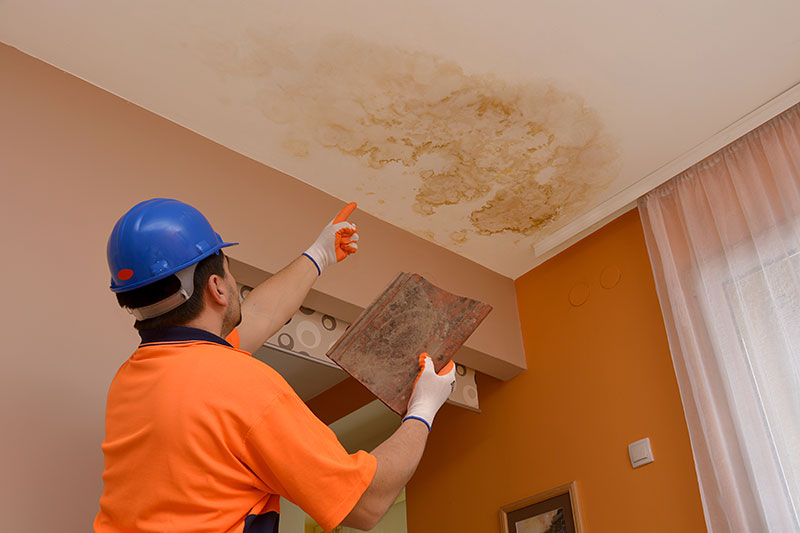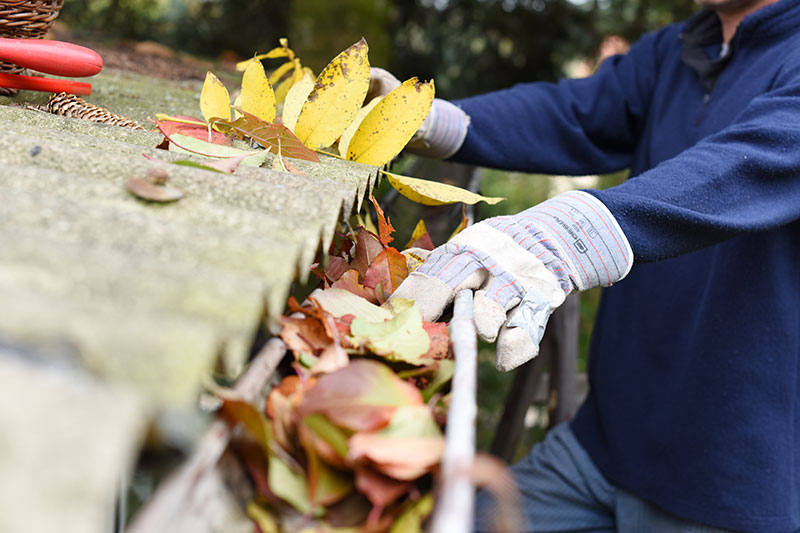Advertisement
One of the trickiest tasks for the homeowners is finding a problem in their roof. Unlike your walls, floors, or windows, your roof isn’t easily seen unless you purposely climb on a ladder and check it closely. That’s why it’s often too late for some homeowners to discover that their roof is already damaged and would require expensive repairs or replacements.
A well-maintained, good-quality roof is essential so it can function properly and serve as the shelter for you and your family against the dry and wet weather outside. If there’s any hole or issue on your roof, it may cause leaks and other problems that can quickly worsen over time.
To avoid any costly roof repairs and replacements in the future, it’s best if you know how to spot roof problems early while they’re still salvageable and recoverable. The earlier you fix any potential roof damage, the less likely it’ll become a major problem.
Here are some tips to help you spot roof problems as early as possible.
- Know Your Roof
No one else should know better about your roof but yourself. You need to know and remember how old your roof is, the last time you had your roof replacement, the type of material it’s made of, and the history of repairs made for this roof. Knowing all the necessary information about your roof will help you maintain it.
In Canada, gathering this information will be helpful for the professional roofing companies out there who’ll regularly check or sustain the roof for you. You’ll relay these details to your chosen professional roofing Oakville services, and they’ll use the information to know the proper treatment and maintenance for your roof.
Furthermore, it’s also essential that you know your roof’s life span and how long its warranty will last. Most often, warranties are prorated, which means that as your roof ages, the coverage percentage of the warranty will decrease until it eventually runs out.
- Start With Indoor Inspection

Now that you know the nature of your roof, you should schedule a roof inspection at least twice or thrice a year. Begin your inspection from the inside. This means you’ll have to pay a visit to your attic and arm yourself with a flashlight.
When you’re inside the attic, turn the lights off, including your flashlight, and watch if you see any streak of sunlight peeking in. If you see even a bit of sunlight peeking through the attic, it means there’s an existing gap or crack around the seam or a leak somewhere that’s coming from the outside. This could also happen if your roof is missing one or two shingles.
Aside from the attic, don’t miss checking your walls and ceilings, and see if there are any peeling paints, grey, brown, or yellow stains, as well as moisture marks. These could all indicate a leaking roof. Moreover, if you’re experiencing a sudden surge in your energy bills, this could signify that your roof ventilation is damaged.
- Perform An Outdoor Inspection
Suppose you haven’t spotted any potential roof problem after inspecting the inside. It’s time to conduct a visual inspection on the outside.
For this part, you need to thoroughly check if you have any damaged or missing shingles. Damaged shingles may appear torn, cracked, or curled. If you can spot damaged shingles at their early stage, your trusted roofers can address the problem immediately, helping you prevent the damage from worsening. Aside from the roof, don’t forget to check your chimney, roof flashing, ventilation pipes, and gutters as they can also be damaged and can affect the function of your roof.
The thing about outdoor roof inspection is that you’ll need to climb a ladder and crawl onto the roof to inspect it closely. However, that can be dangerous for you, especially if you’re not skilled in navigating heights. So, instead of walking and crawling onto your roofs, you can either use a pair of binoculars or use a drone with a remote camera when inspecting the entire roof. Better yet, you can hire a professional roofer to do the roof inspection for you.
- Inspect Nearby Tree Limbs And Branches
Roof problems can also happen if your roof is surrounded by numerous trees. Trees can pose potential roof problems in case they suddenly break, fall, or snap during a storm or a strong wind. Dangling and hanging tree limbs may also scrape and rake your roof, removing and damaging your shingles.
Moreover, these branches will give raccoons and squirrels easy access towards your roof, making it easier for them to chew their way to your attic, creating more roof problems. So, if you see any nearby trees with their branches showing signs of rotting or falling, it may be best to cut them down for good.
Wrapping Up!
The best way to keep your roofs in better condition is to be on the lookout for any potential roof problems and follow these tips above. Remember, roof replacements and repairs are more costly than scheduling roof checking and maintenance. So, be on the safe side and learn how to spot roof problems.

